Europe has a history of devastating plagues that have spread over the continent and killed millions of people. As a result of the lack of technological developments before the Industrial Revolution, people had no choice but to sit back and watch death take its course. The Great plague of London, which lasted from 1655-66, was estimated to kill about 100,000 people. This plague first haunted Europe in the 14th century and was known as the black death. The black death was divesting and was estimated to kill about 25 million, around one-third of the continent’s population.
What was the Great Plague?
Let us first define what a plague is. The plague is a contagious disease carried by microorganisms that thrive on flies and rats. Early plague symptoms were rash, pain throughout the body, and fever; many also had swelling in their necks, arms, or legs. Often, the Great Plague was referred to as The Black Death due to its severity and widespread black patches on the body, which most often resulted in the patient’s terrible death. Like any other disease, this disease did not discriminate between classes, age, religion, race/color, or gender.
The Start of the Plague
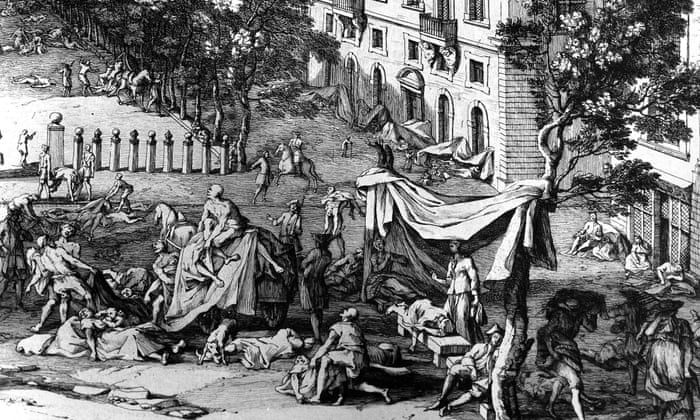
As mentioned earlier, England and other European countries were affected by the Bubonic plague called the Black death in the 14th century, which nearly wiped out one-third of the continent’s population. After 300 years, the Black Death returned to Europe in the form of the Great Plague, which spread over Britain and killed many in London.
At the time, no one was certain where the plague originated or how it traveled. The Black Death, which carried the infectious bacteria Yersinia pestis which feats on flies and rats were first originated in Europe through frequent trade with China by the silk road. Throughout the sixteenth century in Europe, many items were traded between countries via ships, and along with the products, the ships transported diseased rats, bringing the great plague to London.
Life During the Plague
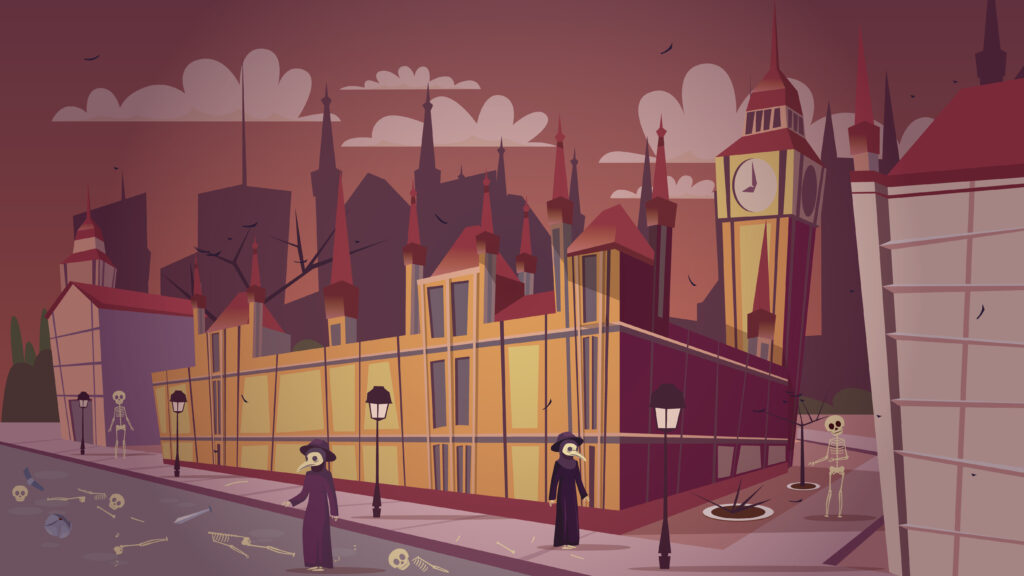
The Great Plague spread rapidly throughout London due to poor sanitation and an increase in slums where waste and filth began to proliferate. Doctors had no knowledge of how to cure patients quickly, which resulted in many deaths. The plague spread so aggressively that approximately 15-20% of the population died in London, with the death rate reaching up to 7000 individuals in a single week.
The government was labeled a complete failure due to inadequate medical facilities and a lack of a proper medical system, which resulted in an increased number of deaths. Considering the situation, the government started to quarantine people in their own houses. Those who had been infected with the plague were sealed and imprisoned inside their homes, along with other family members who had been infected.
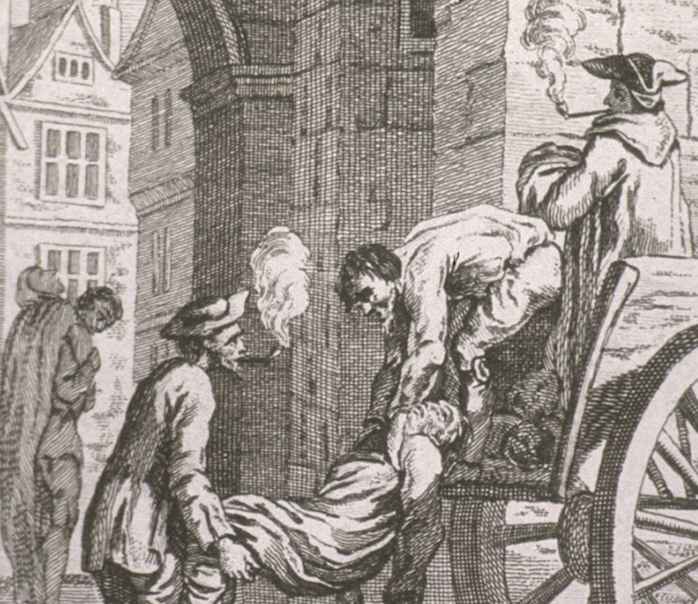
During the early stages of the plague, many wealthy people fled the city for fear of contracting the sickness, which resulted in the disease spreading to neighboring states. The government then further closed the gate of London, and no citizen was allowed to leave the city, which gave rise to the overcrowding of the city. The city was full of garbage, rats, flies, and no clean water to drink, thus giving rise to more disease spread.
Failed Efforts to End the Great Plague
1. Killing of domestic animals
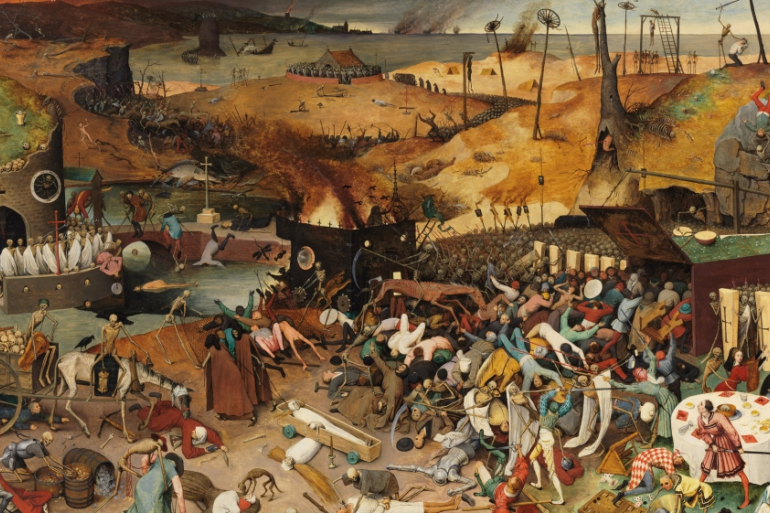
The Great Plague had little effect on animals and was not as severe as it did on humans. The authorities, being clueless, believed that disease spread was caused by domestic animals such as cats and dogs. As a result, the government ordered the people to slaughter all domestic animals, the majority of which were cats and dogs. They quickly recognized that this was a horrific act that resulted in the death of thousands of poor creatures.
2. Smoke in the air
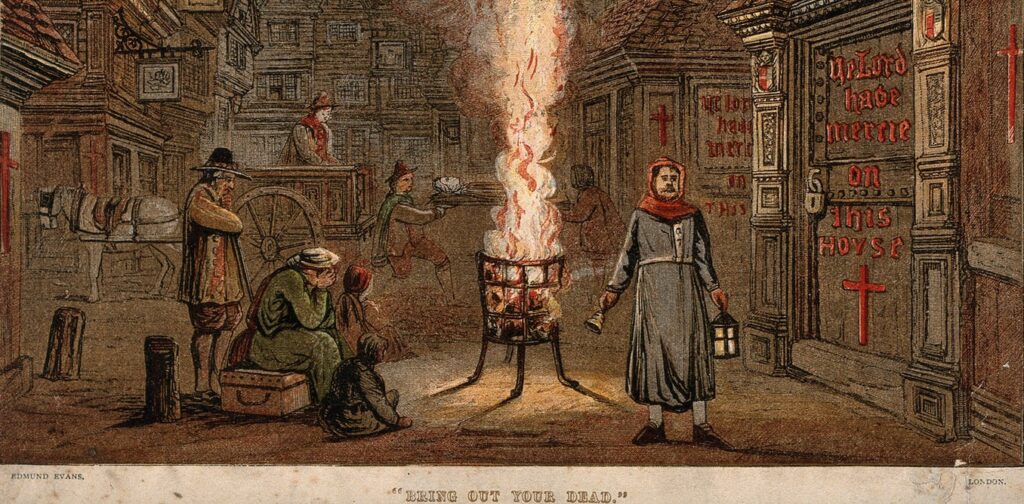
The government believed that the disease was contagious and was spread through the air. Hence, to cure the bad air, people started to run fires and smoke tobacco all over England. Thus giving rise to problem suffocating and breathing problems and was again a terrible idea.
End of the Great Plague of London
There is a saying that what does not kill you makes you stronger. In 1666, fewer cases were reported at the start of the year, and the number of deaths decreased significantly. The people soon developed immunity to the disease, and many people returned to the city. The government declared that the city of London was safe to live in again, the king settles back into London, and soon the people’s lives were getting back to normal. It was a successful end to the Great Plague in London.

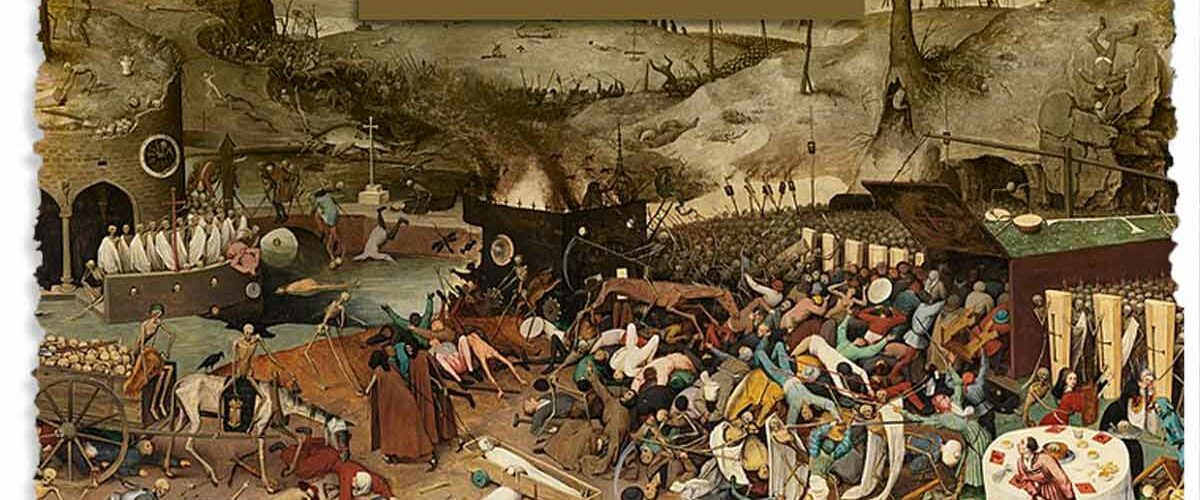



Add comment